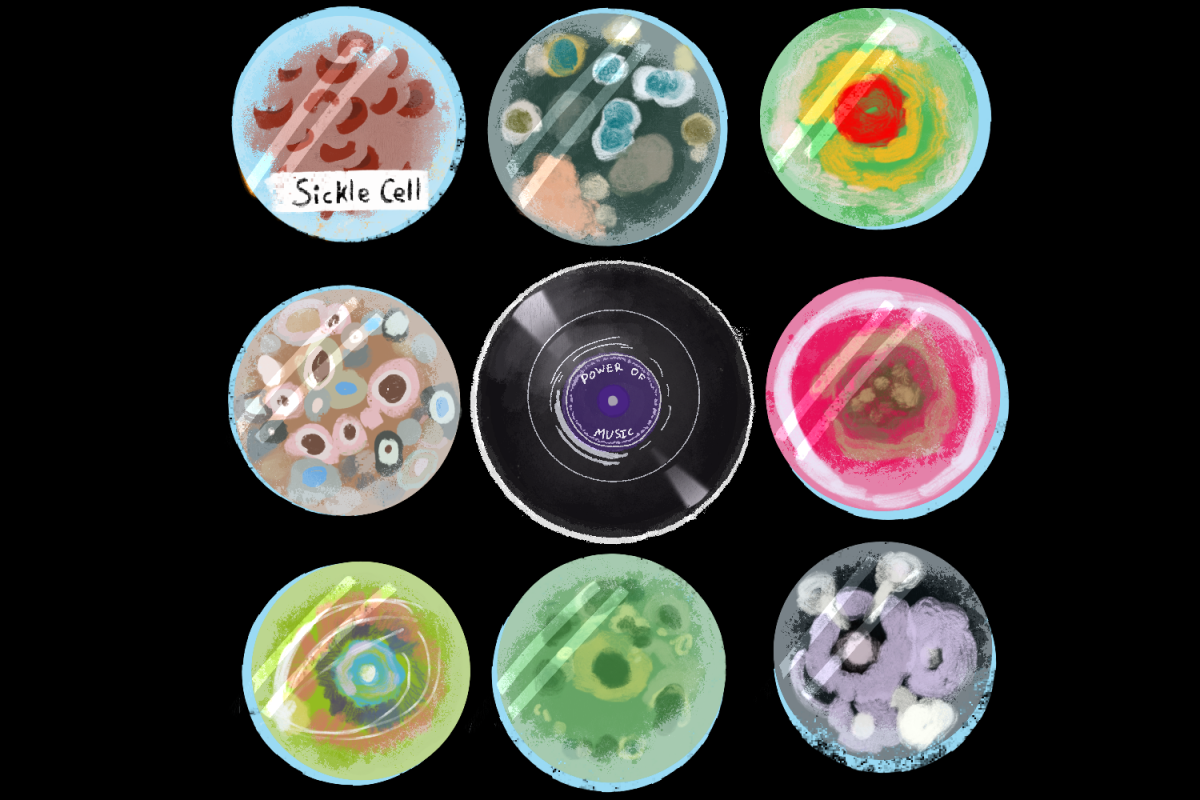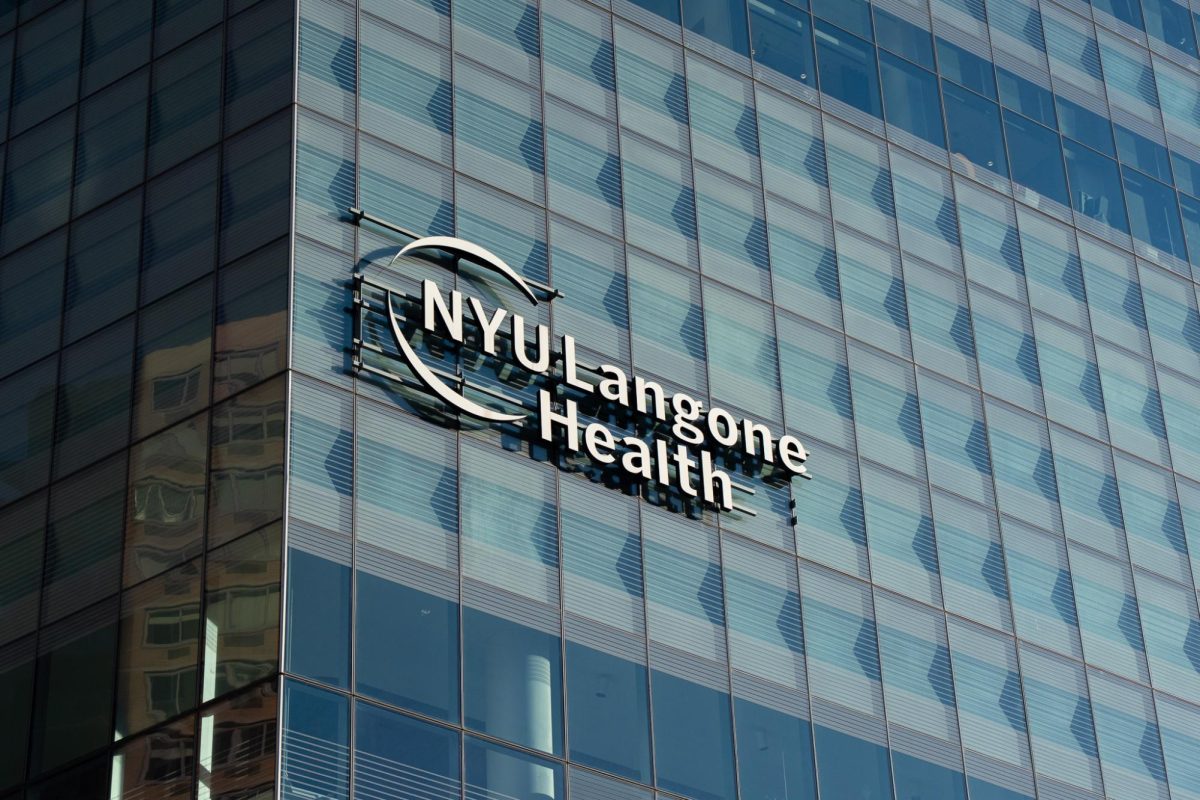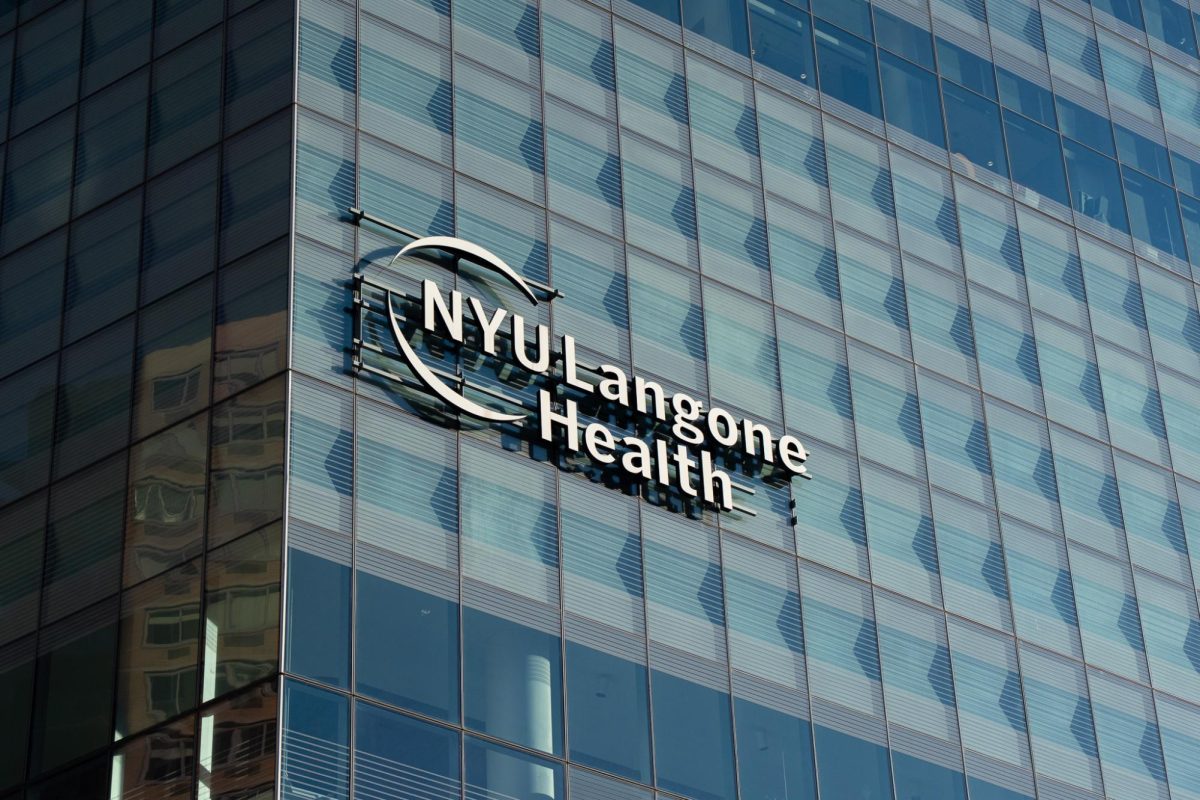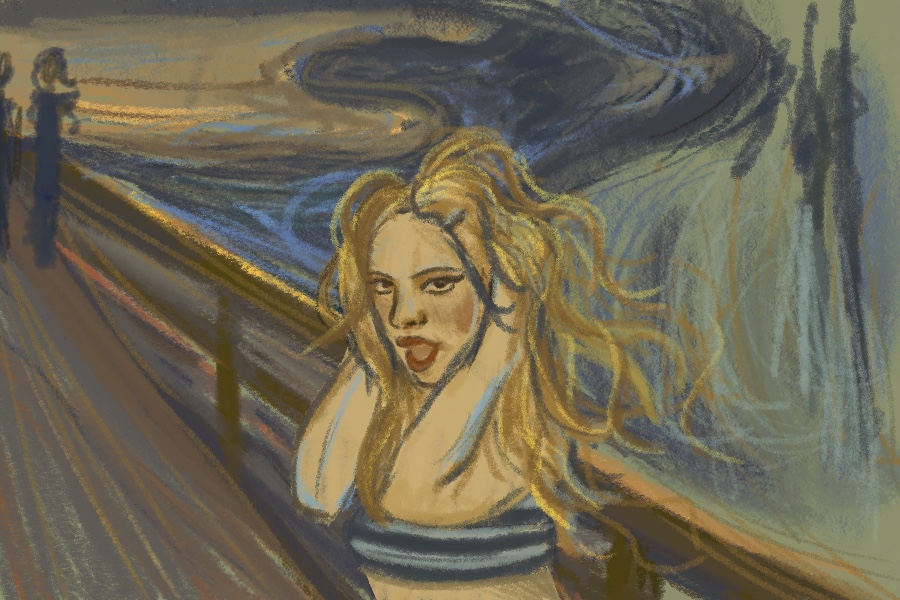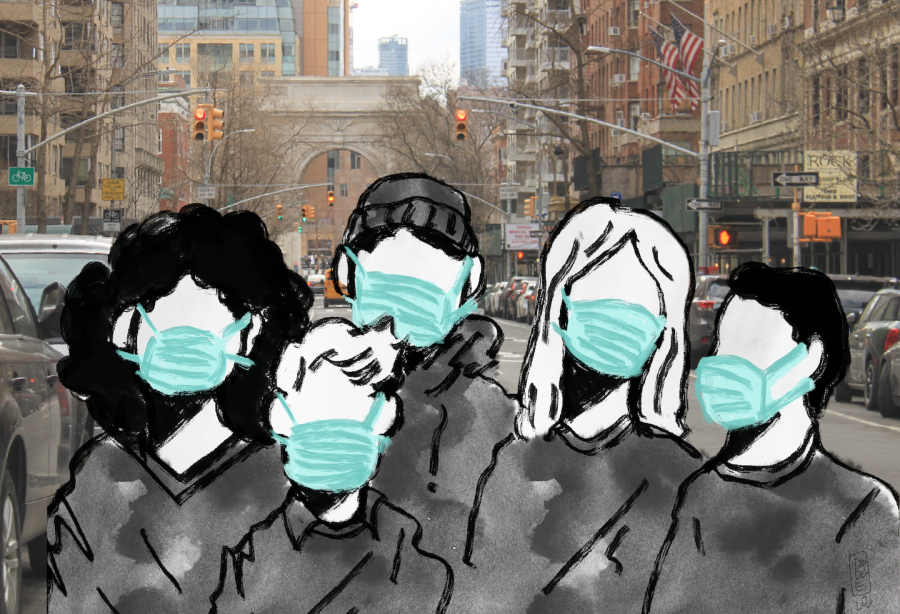The coronavirus has consumed social media platforms recently, but the conversation and containment efforts surrounding the virus have inflamed years-old stigmas against Asians in New York City.
Coronavirus, a pneumonia-like virus which originated in central China’s Hubei province, has killed 811 people in China and infected 37,198, according to China’s National Health Commission. The concern in the United States surrounding the spread of the disease has dominated news cycles and tensions have built in New York City as the total number of people tested for the deadly disease in the city has risen to five.
Tisch sophomore Sarah Peng was visiting family in China and was planning to study abroad at NYU Shanghai this semester. After classes were delayed once again, she decided to return to the NYC campus.
“I go through the coronavirus hashtag on Twitter, which is terrible,” Peng said. “I think because of that, I am very cautious when I’m outside — I’m very afraid of coughing or sneezing or sniffling even a little bit because it does feel like someone might look at me and think I’m diseased.”
Misinformation surrounding the virus has infected social media platforms. For example, there is the idea that coronavirus originated with people eating bat soup spurred by a YouTube video of a Chinese woman holding a bat with chopsticks, which went viral near the time of the outbreak. This video only assisted in fueling the fire, contributing to the trope that Chinese food is unsanitary and consists of exotic animals.
Founder of the Asian/Pacific/American Institute at NYU and Rutgers professor John Kuo Wei Tchen commented on the stereotypical view of Chinese people as unclean.
“The association of disease with Chinese and Asians is a long historical one in this country, and also to some degree in Europe,” Tchen said. “So the idea of being associated with something dirty is not necessarily based on any understanding of the culture. What’s considered dirty, what’s considered clean, then automatically gets projected onto race.”
The beginnings of anti-Chinese sentiment in the United States date back to the 19th century when Chinese people began migrating to the country to join American workforce, instead of trying to find employment in what was a declining Chinese economy. Frustrations regarding job competition took the form of resentment towards growing Chinatowns, which were imagined to be unclean areas filled with opium dens, and eventually the Chinese Exclusion Act, the first and only federal law banning a single nationality.
This history rears its head in the virality of the coronavirus, Peng said. Though the common flu has caused 10,000 deaths this season alone, panic remains centered around the foreign-born disease.
“I think the point of that isn’t exactly like the number, it’s more like the common flu isn’t racialized in a way that the coronavirus and other diseases like Ebola or Zika,” Peng said. “These kinds of things become metaphors for ‘the other’ or people of color, and it’s unfair. It’s like we’re under constant scrutiny.”
Johnnie Yu, a CAS sophomore and an E-board member of NYU’s Chinese Students Society, emphasized the harm that can be caused by tactless references to the virus.
“I’ve heard some people call the coronavirus ‘the China virus,’” Yu said. “I think it’s just labeling the virus and then blaming it on China, especially when so many people are at risk with the coronavirus, and everyone’s really trying to mitigate the issue. I think it’s been a bit disheartening for Chinese students and the community.”
The history of perceiving Chinese people as unclean conflates with cultural miscommunication to create a stigma-ridden conversation surrounding the coronavirus, Tchen said. An example of one of these miscommunications is the perception of medical masks, which have become prevalent on the streets of New York.
“In Asia, it’s actually quite common for people who have a cough or cold to wear a mask as a way to not to spread it and for them to be actually very aware of germ theory,” Tchen said. “I think masking, in general, is seen as hiding something, so someone who’s actually trying to be considerate in their community and cultural context is perceived de facto as somehow dangerous or a disease spreader.”
Tchen says media irresponsibility lies in misdirected focus, citing coverage of a shortage of masks rather than a focus on how diseases are spread, bad strains of the flu or overuse of antibiotics, which present more pressing public health concerns. Press coverage and institutional leaders, Tchen said, are responsible for properly contextualizing coronavirus.
“The headlines, certainly, and the announcements that higher-ups write to assuage fear, but oftentimes in some ways contribute to it, about coronavirus in particular,” Tchen said. “Without the context that’s more informed and less panicky, people are just kind of responding to the fear. Then all of a sudden something like coronavirus feels like it’s lurking on our block, or lurking with the Asian-looking person next to you.”
Tchen said that it is institutions’ responsibility to help bridge cultural divides, especially at a university as global as NYU.
“The city is responsible for creating a different atmosphere, but so are universities like NYU,” Tchen said. “Which have far more resources to really grapple with these questions, but actually don’t take them as seriously as they should, other than simply having public alerts that some PR person or some vice president is responsible for getting out there.”
Moderating conversations and keeping them based in fact is important to controlling panic surrounding the virus, according to Yu.
“It’s unlikely that the coronavirus will affect a majority of students in NYU,” Yu said, “judging by how many cases there are in the Western world and the mitigation practices we’re taking to ensure that it doesn’t affect us. [The paranoia] mostly comes from how we talk about issues like this, and how people perceive Chinese students.”
A version of this article appeared in the Monday, February 10, 2020, print edition. Email Emily Mason at [email protected].


